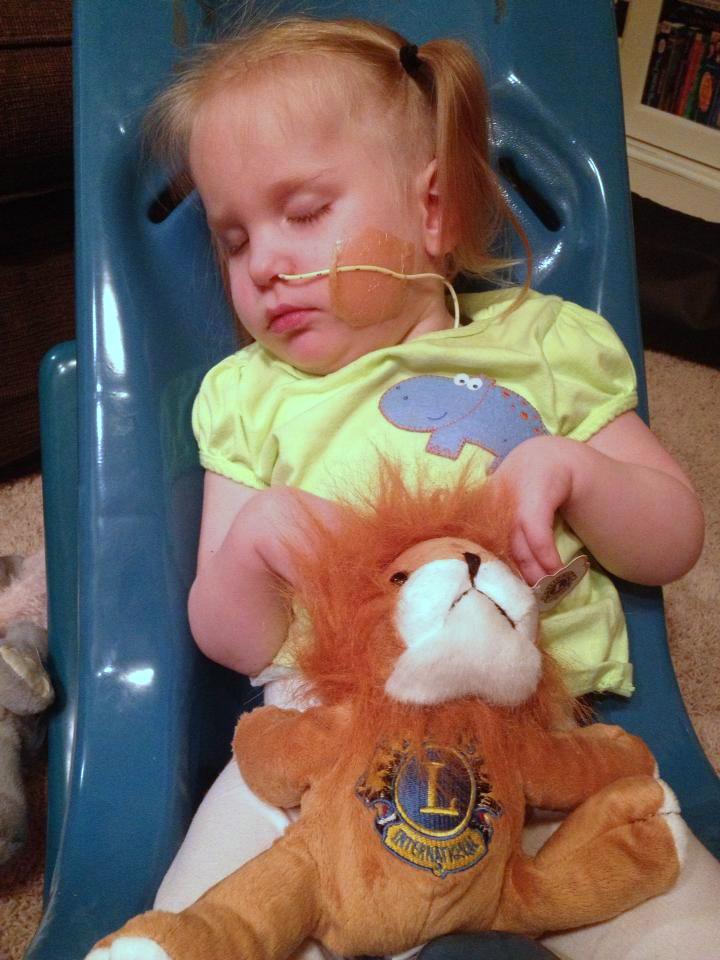Harper’s BIGGEST struggle, aside from daily seizures, is Communication.
Imagine with me if you will that you are unable to move unless someone moves you. Now lets combine that with an inability to speak. How would you be able to communicate your needs or desires to someone without being able to move or talk. Take a moment before you answer that question…because you CAN answer that question with your voice.
This is Harper! This is others who suffer with Rett Syndrome, CDKL5, Autism and Alzheimer’s. The answer to the question: Can someone that is non-ambulatory, and non-verbal actually communicate? YES! Harper does it everyday. It requires patience. Harper is able to tell you ‘yes’ with a simple, small head nod or a raise of her eye brows. She communicates ‘no’ with one shake side to side of her head, and her feelings of irritation or frustration with a big sigh.
Harper, in Her Own Way, Communicates Every Day
I know this because I spend so much time with her, but her future success will come from her ability to communicate with those of you who may not recognize these slight movements as real communication. This is why we have been working so hard at using a digital eye gaze communication device. We live in a world of WORDS and someday Harper will need to use hers.
Communication – Sometimes it’s Just Not Obvious
To quote a very empowering article from The Friendship Blog: “Communication is a basic human need, allowing people to connect with others, make decisions that affect their lives, express feelings and feel part of the community they live in.
People with little or no speech still have the same communication needs as the rest of us. We may just have to work a bit harder to find a communication strategy that works.”
I couldn’t have said it any better. To find out more about this, please read their post “23 Ways to Communicate with a Non-Verbal Child” here. The tips are very useful and encouraging.
May is Better Speech and Hearing Month
DO YOU HEAR WHAT I HEAR? I think vision as well as hearing plays a roll in communication. Harper suffers from Cortical Vision Impairment (CVI) a vision problem that is caused by the brain rather than the eyes. Harper’s CVI does not mean blindness. Rather it’s like looking through swiss cheese that moves. If you catch a day with a hole, it’s a good day. With the majority of Harper’s days being good vision days we are able to use the eye gaze device. On days when vision is poor the device will turn into a switch operated device, and if her skills progress, a touch screen communication device. Harper does wear glasses when watching TV or using her eye gaze device to help make what she is seeing more clear.
Making What Others See More Clear – Recycle Your Used Eyeglasses
The Lions Club has a sight-program that helps in many various capacities to aid in sight. One of the easiest programs anyone can participate in is the recycling of eye glasses. Hope4Harper would like to help in their efforts to collect eyewear during our upcoming Hoarding 4 Hope Garage Sale. We are currently taking donations for this event and all eyewear collected will be sent to our local Lions Club. If you are not local and would like to participate please mail Harper your donated glasses to pass along to those in need and help prevent blindness.

